
Feeding your cat the right food can make a huge difference in the length of their life, but it improves their quality of life as well. High quality food drives overall health and helps ensure your cat not only has a long life, but a fulfilling life as well. This usually consists of climbing into the empty boxes of the toys you bought and playing with stuff that falls out of your pocket instead of the toys you bought them. They love how much we care about them don’t they?
If you’ve already read my article on wet vs dry cat food then you know my thoughts on how to go about selecting a high quality cat food in general. If you haven’t read it yet then feel free to take a look, but I’ll also provide a brief recap here:
- Protein is the most important ingredient to look for, specifically, identifiable forms of protein. You’ll want to find foods that have their first 5 ingredients made up primarily of known meats.
- Minimize carb intake, keep it lower than protein intake.
- Amino Acids are used by your cat to build proteins. There are 11 of them your cat doesn’t produce naturally so helping your cat get them from their diet is essential.
- Avoid dyes, chemicals & thickeners, basically all the complicated words on the package that nobody has any idea what they are.
- Starches can spike your cats blood sugar levels leading to diabetes. Avoid things like potatoes in the top 3 ingredients.
- Dry food normally has a moisture content of 10% at most. This means a cats eating a diet of only dry food also needs to drink a lot more water than a cat on wet or a combination of wet/dry food.
The StuffCatsWant 5 Best Dry Cat Foods
| Cat Food Name & Link |
Rating |
Price |
First 5 Ingredients |
All 11 Amino Acids |
Grain Free? |
| Fromm Game Bird Formula |
A+ |
$$$ |
Duck, Duck Meal, Pea Protein, Turkey, Whole Dried Eggs |
No |
Yes |
| Wellness CORE Natural Grain Free |
A+ |
$$ |
Deboned Chicken, Chicken Meal, Turkey Meal, Peas, Potatoes |
No |
Yes |
| Acana Wild Atlantic |
A |
$$$ |
Whole Mackerel, Whole Herring, Whole Redfish, Silver Hake, Mackerel Meal |
No |
Yes |
| PETCUREAN Go! Fit+ Free Grain Free Chicken |
A |
$$ |
Chicken Meal, De-Boned Chicken, De-Boned Turkey, Duck Meal, Turkey Meal |
No |
No |
| Blackwood Chicken Meal & Field Pea* |
A |
$$ |
Chicken Meal, Whitefish Meal, Field Pea, Lentils, Chicken Fat |
Yes |
Yes |
*This food doesn’t appear to be available on Amazon at the moment, but you can buy it from Chewy.com at this link as well.
Now if you’re only interested in the big takeaways you can go ahead and choose from the table above, it covers all of the essentials. If on the other hand you like getting your hands dirty and you really want to get into details of each food and why I included it in the list then go ahead and keep reading.
The In Depth Reviews
For each of the foods listed above I’ve provided additional detail to help you make a decision. The details include the following key items:
- A quick description of what I like about the food
- The cost per pound at the time of writing (May 2017)
- Key pros and cons of each food
- A breakdown of the Guaranteed Analysis in Dry Matter Basis (See how I calculated this here)
- A direct link to the manufacturer website
- A full list of ingredients
Each of these will help round out your understanding of the 5 foods I selected and give you a bit more background to ensure you can make a fully informed decision on which foods will treat your cat the best!
We’ve tried a wide variety of Fromm formulas in the smaller 5lb bags. The cats absolutely love every single formula we’ve put down in the past few years, but this one and the Salmon Tunachovy seem to be the biggest hits within our household. Fromm particularly prides itself on the production quality of the food it makes. All bags are 100% trackable back to the source and come from one of their family owned facilities in Wisconsin. No surprise, they include cheese in a good chunk of their formulas as well. If quality is your key interest then Fromm is for you.
Average Price Per Pound: $8.99
Pros
- Incredible quality control
- Full source tracking of all ingredients
- Grain Free
- Fresh fruits and vegetables
Cons
- By far the most expensive food on the list
- Small kibble encourages your cat to simply swallow it
Link to the Fromm Website
| Guaranteed Analysis For Top 4 Items of Importance |
| Category |
Protein (Min) |
Fat (Min) |
Fiber (Max) |
Moisture (Max) |
| Value |
35.00% |
18.00% |
6.00% |
10.00% |
| Value in DMB |
38.89% |
20.00% |
6.66% |
N/A |
Full Ingredient List:
Duck, Duck Meal, Pea Protein,Turkey, Dried Whole Egg,Peas, Chicken Meal, Pea Flour, Dried Tomato Pomace,Potatoes, Chicken Broth,Turkey Liver, Quail, Sweet Potatoes, Salmon Oil, Chicken Fat, Chicken, Pea Fiber,Pheasant, Cheese, Flaxseed,Carrots, Broccoli, Cauliflower,Apples, Green Beans, Chicken Cartilage, Taurine, DL-Methionine, Potassium Chloride, Cranberries,Blueberries, Salt, Chicory Root Extract, Alfalfa Sprouts, Yucca Schidigera Extract, Sodium Selenite, Folic Acid, Parsley,Sorbic Acid (Preservative),Vitamins, Minerals, Probiotics.
 Wellness CORE Natural Grain Free
Wellness CORE Natural Grain Free
This is a go to healthy food I’ve seen in use in multiple places from the shelter (donated) to my friends’ homes to my own home. It is at the right price point for every day use and it has an all around great set of ingredients that are all natural. On top of this it doesn’t contain any wheat, corn, soy, meat by-products, or artificial colors, flavors and preservatives.
Average Price Per Pound: $3.17
Pros
- The second highest protein content on the list
- Grain free
- Meat heavy in the top 5 ingredients
- Helps improve a cat’s skin and coat
- Contains probiotics
Cons
- Small kibble encourages your cat to simply swallow it
- Potatoes can lead to blood sugar spikes
- Chicken fat isn’t super healthy
Link to the Wellness CORE Website
| Guaranteed Analysis For Top 4 Items of Importance |
| Category |
Protein (Min) |
Fat (Min) |
Fiber (Max) |
Moisture (Max) |
| Value |
45.00% |
18.00% |
3.00% |
10.00% |
| Value in DMB |
50.00% |
20.00% |
3.33% |
N/A |
Full Ingredient List:
Deboned Turkey, Deboned Chicken, Turkey Meal, Chicken Meal, Peas, Herring Meal, Chicken Fat (preserved with Mixed Tocopherols), Dried Ground Potatoes, Tomato Pomace, Ground Flaxseed, Natural Chicken Flavor, Salmon Oil, Cranberries, Chicory Root Extract, Choline Chloride, Taurine, Vitamin E Supplement, Dried Kelp, Zinc Proteinate, Mixed Tocopherols (added to preserve freshness), Zinc Sulfate, Calcium Carbonate, Niacin, Iron Proteinate, Ferrous Sulfate, Yucca Schidigera Extract, Vitamin A Supplement, Copper Sulfate, Thiamine Mononitrate, Copper Proteinate, Manganese Proteinate, Manganese Sulfate, d-Calcium Pantothenate, Sodium Selenite, Pyridoxine Hydrochloride, Riboflavin, Vitamin D3 Supplement, Biotin, Calcium Iodate, Vitamin B12 Supplement, Folic Acid, Ascorbic Acid (Vitamin C), Dried Lactobacillus plantarum Fermentation Product, Dried Enterococcus faecium Fermentation Product, Dried Lactobacillus casei Fermentation Product, Dried Lactobacillus acidophilus Fermentation Product, Rosemary Extract, Green Tea Extract, Spearmint Extract.
 Acana Wild Atlantic
Acana Wild Atlantic
The first six ingredients of the cat formulation is all animal protein and it all comes from the ocean. If you’ve got a cat that has a craving for seafood then this is definitely the way to go. This is by far one of Lexi’s favorites. Despite the fact that she vacuums most things up pretty quickly, when we put this down she makes extra attempts to sneak over and get into Beast’s food. This is one of the reasons we have to have the SureFeed Cat Feeder. It stops Lexi from stealing food from Beast.
Average Price Per Pound: $5.48
Pros
- All 6 of the first products are meat
- Fresh and local fruits and vegetables
- Added Taurine to aid vision and heart function
- Omega oils for healthy skin and coat
Cons
- The price point is definitely into the premium area
- Fish typically contain higher mercury levels than other meats
Link to the Acana Website
| Guaranteed Analysis For Top 4 Items of Importance |
| Category |
Protein (Min) |
Fat (Min) |
Fiber (Max) |
Moisture (Max) |
| Value |
35.00% |
20.00% |
4.00% |
10.00% |
| Value in DMB |
38.89% |
22.22% |
4.44% |
N/A |
Full Ingredient List:
Whole Mackerel, Whole Herring, Whole Redfish, Silver Hake, Mackerel Meal, Herring Meal, Whole Green Peas, Red Lentils, Pinto Beans, Cod Meal, Catfish Oil, Pollock Meal, Chickpeas, Green Lentils, Whole Yellow Peas, Herring Oil, Flounder, Natural Fish Flavor, Sunflower Oil, Sun-Cured Alfalfa, Dried Kelp, Freeze-Dried Cod Liver, Whole Pumpkin, Whole Butternut Squash, Kale, Spinach, Mustard Greens, Collard Greens, Turnip Greens, Carrots, Apples, Pears, Pumpkin Seeds, Sunflower Seeds, Choline Chloride, Zinc Proteinate, Copper Proteinate, Vitamin K, Mixed Tocopherols (Preservative), Chicory Root, Turmeric, Sarsaparilla Root, Althea Root, Rosehips, Juniper Berries, Dried Lactobacillus Acidophilus Fermentation Product, Dried Bifidobacterium Animalis Fermentation Product, Dried Lactobacillus Casei
 PETCUREAN Go! Fit+ Free Grain Free Chicken
PETCUREAN Go! Fit+ Free Grain Free Chicken
This is the most protein heavy of all of the dry cat foods I managed to track down. The mix is made up of chicken, turkey and duck and is intended to minimize the amount of dry food your cat eats while filling them all the way up. Sound familiar to any of us that have ever dieted? While it is still important for your cat to drink a constant supply of fresh water, this food is geared toward minimizing dehydration while maximizing protein intake.
Average Price Per Pound: $3.51
Pros
- Highest amount of protein of any food on the list
- Pre + Probiotics to aid with digestive health
- Added Taurine to aid vision and heart function
- DHA and EPA to help brain and eye development
- Omega oils for healthy skin and coat
- Antioxidants to support increased immunity
- Grain free & Gluten free
- Zero by-product meals, added growth hormones or artificial preservatives
Cons
- Potatoes can cause spikes in blood sugar levels
Link to the Petcurean Website
| Guaranteed Analysis For Top 4 Items of Importance |
| Category |
Protein (Min) |
Fat (Min) |
Fiber (Max) |
Moisture (Max) |
| Value |
46.00% |
18.00% |
1.50% |
10.00% |
| Value in DMB |
51.11% |
20.00% |
1.67% |
N/A |
Full Ingredient List:
Chicken meal, de-boned chicken, de-boned turkey, duck meal, turkey meal, salmon meal, de-boned trout, chicken fat (preserved with mixed tocopherols), natural fish flavour, peas, potatoes, whole dried egg, potato flour, tapioca, de-boned salmon, de-boned duck, salmon oil, pumpkin, apples, carrots, bananas, blueberries, cranberries, lentil beans, broccoli, spinach, cottage cheese, alfalfa, sweet potatoes, blackberries, papayas, pineapple, phosphoric acid, sodium chloride, potassium chloride, DL-methionine, taurine, choline chloride, dried chicory root, dried Lactobacillus acidophilus fermentation product, dried Enterococcus faecium fermentation product, dried Aspergillus niger fermentation product, dried Aspergillus oryzae fermentation product, vitamins (vitamin A supplement, vitamin D3 supplement, vitamin E supplement, niacin, inositol, L-ascorbyl-2-polyphosphate (a source of vitamin C), thiamine mononitrate, d-calcium pantothenate, riboflavin, pyridoxine hydrochloride, beta-carotene, folic acid, biotin, vitamin B12 supplement), minerals (zinc proteinate, iron proteinate, copper proteinate, zinc oxide, manganese proteinate, copper sulphate, calcium iodate, ferrous sulphate, manganous oxide, sodium selenite), yucca schidigera extract, yeast extract, dried rosemary.
 Blackwood Chicken Meal & Field Pea* & Link to Chewy.com
Blackwood Chicken Meal & Field Pea* & Link to Chewy.com
If you’re looking for a company that makes excellent food that cats simply love to eat, look no further than Blackwood. Lexi and Beast both absolutely love the food from Blackwood, especially this particular formula. Beast will chomp this all day if I don’t put some of her other food down first or at least mix it together. It has the added benefit of being the cheapest high quality food on this list and that is actually another reason it one of my favorites.
*This food doesn’t appear to be available on Amazon at the moment so I’ve included a link at Chewy above as well.
Average Price Per Pound: $2.87
Pros
- Excellent protein content
- Grain Free
- All 11 amino acids cats need
- History of high quality control
- The kibble is larger forcing both my cats to chew
- Comes at a great price point
- Includes Omega Fatty Acids for coat health
- No artificial flavors or colors
Cons
- The top 5 ingredients aren’t all protein
Link to the Blackwood Website
| Guaranteed Analysis For Top 4 Items of Importance |
| Category |
Protein (Min) |
Fat (Min) |
Fiber (Max) |
Moisture (Max) |
| Value |
40.00% |
18.00% |
4.00% |
10.00% |
| Value in DMB |
44.44% |
20.00% |
4.44% |
N/A |
Full Ingredient List:
Chicken Meal, Whitefish Meal, Field Pea, Lentils, Chicken Fat (Preserved with Mixed Tocopherols), Chick Peas, Egg Product, Tapioca Starch, Brewers Dried Yeast, Natural Flavor, Menhaden Fish Oil, Carrots, Celery, Beets, Parsley, Lettuce, Watercress, Spinach, Canola Oil, Lecithin, DL-Methionine, Choline Chloride, Taurine, Yucca Schidigera Extract, Calcium Carbonate, L-Lysine, Potassium Chloride, Blueberry, Cranberry, Vitamin E Supplement, Niacin Supplement, Organic Dried Kelp, Thiamine Mononitrate, Pyridoxine Hydrochloride, Riboflavin Supplement, Ascorbic Acid, Biotin, d-Calcium Pantothenate, Vitamin B12 Supplement, Vitamin A Acetate, Vitamin D3 Supplement, Citric Acid, Folic Acid, Iron Sulfate, Zinc Sulfate, Zinc Proteinate, Iron Proteinate, Copper Sulfate, Zinc Oxide, Manganese Sulfate, Manganese Proteinate, Copper Proteinate, Manganous Oxide, Sodium Selenite, Calcium Iodate.
One thing worth keeping in mind is that all 5 of these foods worked well for my cats and my foster cats in some way shape or form. Some of them love all five and some of them are really focused on one in particular. The fact is that with any of the five above you really can’t go wrong, it’s just a matter of preference for you and for your cat. My little grey cat Beast definitely loves the Blackwood, I think in particular cause she gets to crunch on the bigger triangle shaped kibble, but who knows.
I’ve also had plenty of luck mixing them all together into a big bin and then serving them up together so if a cat doesn’t like one they have another to choose from. I have the luxury of my two resident cats eating pretty much anything I put in front of them even if they do have specific likes. If you don’t have that luck you might need to pick and choose and try different recipes one at a time until you find something they like.
If you can’t make a decision with the information I’ve provided feel free to dig into things in more depth in the following articles:
If you have any other thoughts on selecting the right dry food then please leave a comment below or send me an email at Craig@StuffCatsWant.com so I can update this article or respond to you personally.
StuffCatsWant.com is a participant in the Amazon Services LLC Associates Program, an affiliate advertising program designed to provide a means for sites to earn advertising fees by advertising and linking to Amazon.com.
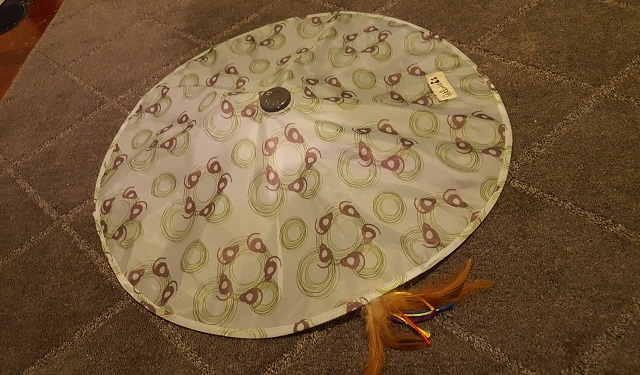



 My General Take:
My General Take: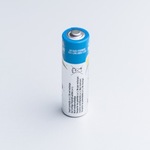 Frequently Asked Questions
Frequently Asked Questions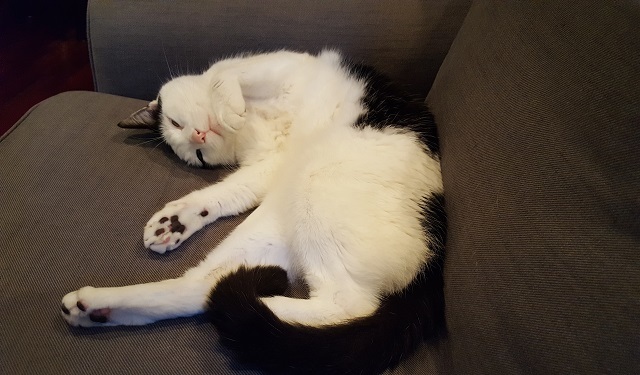
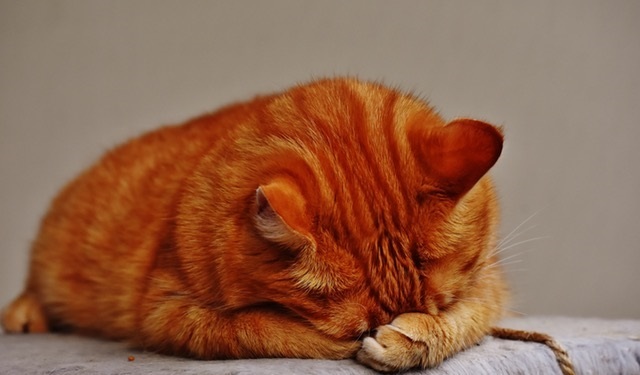
 1.
1.  3.
3.  7. Milk and Dairy
7. Milk and Dairy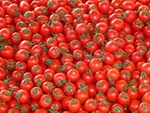 13.
13.  15.
15. 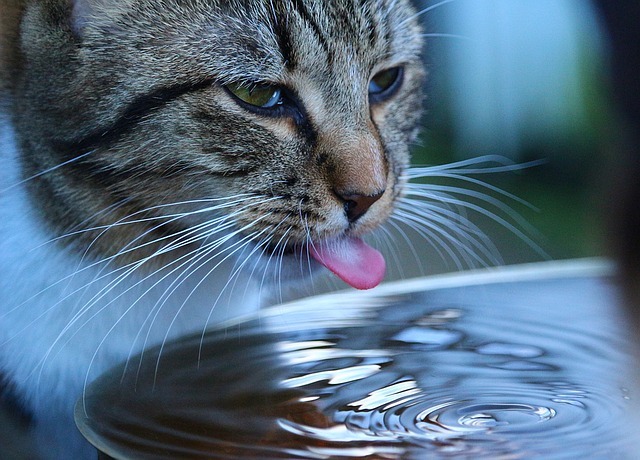



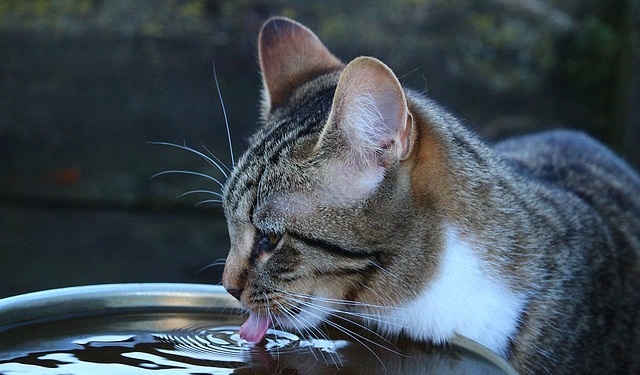
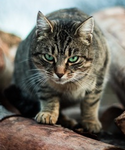 These days most house cats don’t get the chance to go out and hunt because people are keeping their pets inside. Those cats that do go out and hunt seem to be more likely to bring their trophy home and dump it in the middle of your living room floor as opposed to eat it.
These days most house cats don’t get the chance to go out and hunt because people are keeping their pets inside. Those cats that do go out and hunt seem to be more likely to bring their trophy home and dump it in the middle of your living room floor as opposed to eat it.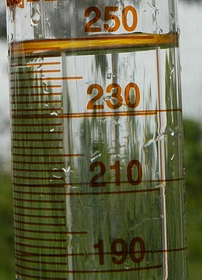 How Much Water Should My Cat Drink Each Day?
How Much Water Should My Cat Drink Each Day?
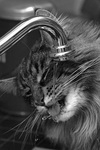 A Dripping Faucet: In general cats tend to prefer moving water. Providing a dripping faucet, while not good from a conservation standpoint or for your water bill, can often entice a cat drink. This also of course assumes you’re ok with your cat on your counters.
A Dripping Faucet: In general cats tend to prefer moving water. Providing a dripping faucet, while not good from a conservation standpoint or for your water bill, can often entice a cat drink. This also of course assumes you’re ok with your cat on your counters.





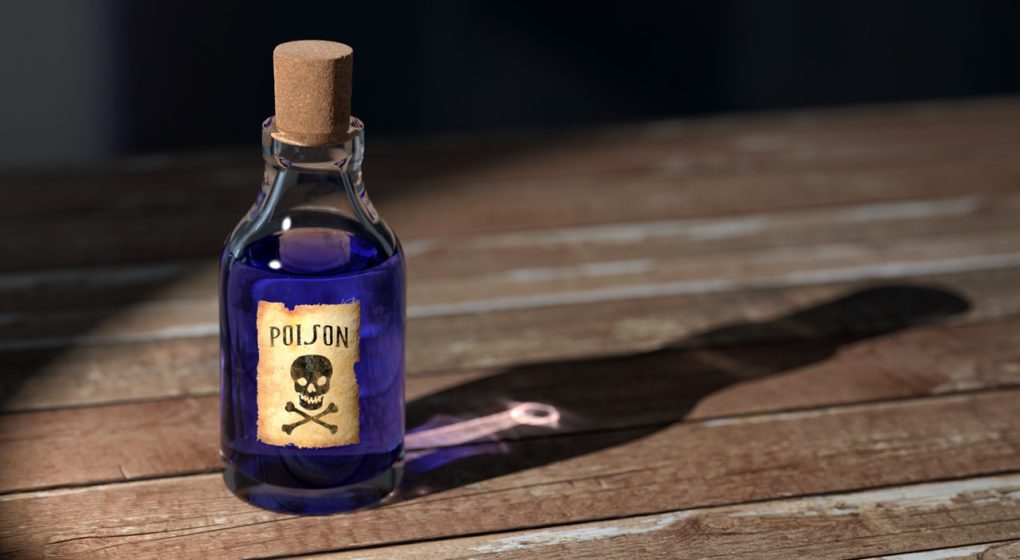



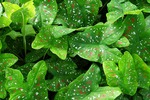




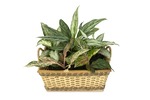
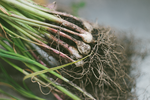
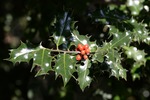






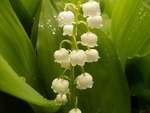




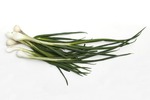




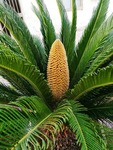



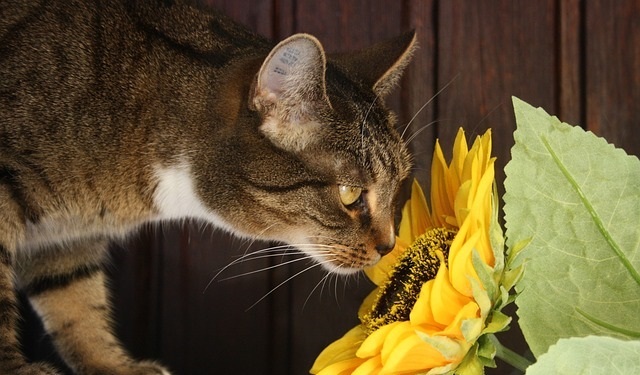
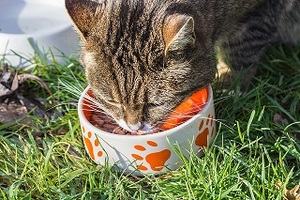 Cats can eat or destroy your house plants for a number of reasons, but the most common reasons have root causes that can be addressed by you as a cat owner. So let’s take a look at those reasons:
Cats can eat or destroy your house plants for a number of reasons, but the most common reasons have root causes that can be addressed by you as a cat owner. So let’s take a look at those reasons: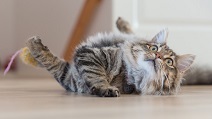 Ensure your cat gets plenty of attention & exercise: Making sure your cat gets a chance to stretch out and play each day is of vital importance for their general health, but it can also ensure that they don’t act out in boredom. Be sure you take time out of your day, every day if possible, to play with your cat. If you’re gone during the day consider getting toys that you can start remotely or that have a timer to auto shut off shortly after you leave.
Ensure your cat gets plenty of attention & exercise: Making sure your cat gets a chance to stretch out and play each day is of vital importance for their general health, but it can also ensure that they don’t act out in boredom. Be sure you take time out of your day, every day if possible, to play with your cat. If you’re gone during the day consider getting toys that you can start remotely or that have a timer to auto shut off shortly after you leave.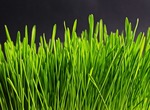
 Moth Balls: Moth balls have a very strong scent that cats don’t seem to like, but they are also toxic to cats if ingested. If you can put them inside a safe box with holes popped in it so the scent comes out this is a viable option as well. There’s the unfortunate side effect that most people hate the smell of moth balls too.
Moth Balls: Moth balls have a very strong scent that cats don’t seem to like, but they are also toxic to cats if ingested. If you can put them inside a safe box with holes popped in it so the scent comes out this is a viable option as well. There’s the unfortunate side effect that most people hate the smell of moth balls too.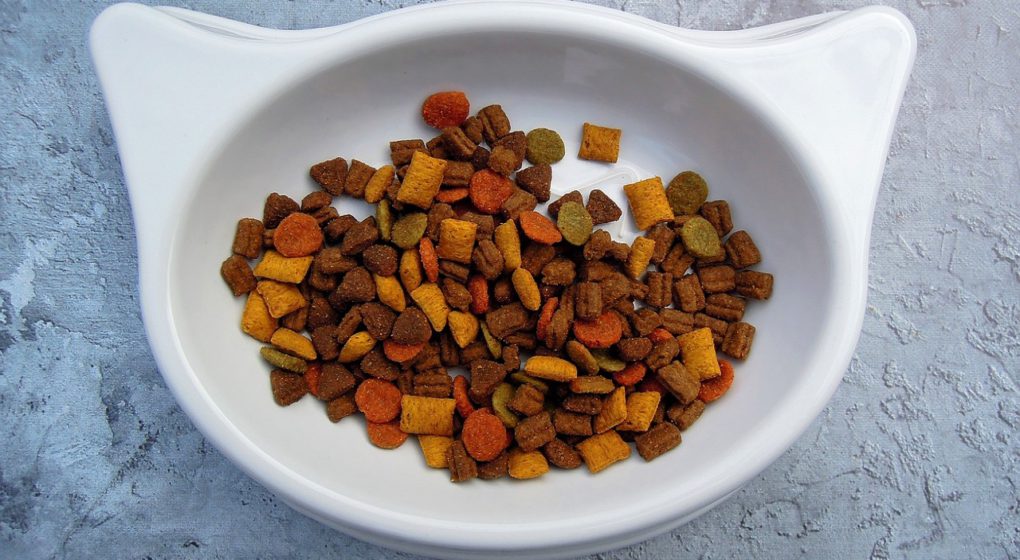
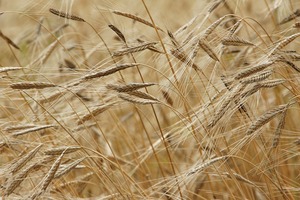 Why the Strain to Avoid the Grain?
Why the Strain to Avoid the Grain?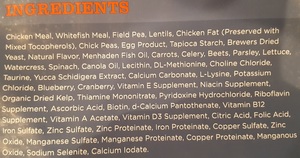 What About the Ingredients List?
What About the Ingredients List?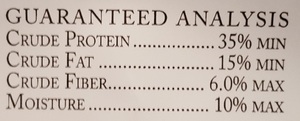 Nutrient Analysis
Nutrient Analysis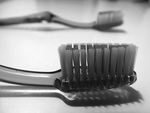 Plaque buildup is commonly mentioned as a key drawback of dry food. This is further confused by the mostly debunked argument that dry food helps remove plaque as the teeth puncture the food. Most people, vets included, will tell you that cats simply swallow dry food without chewing it. The simple fact is though, both wet and dry food will cause plaque to build up on your cat’s teeth. If this is something you’re seriously concerned about you should be brushing your cat’s teeth on a consistent basis and ensuring they get a dental checkup yearly.
Plaque buildup is commonly mentioned as a key drawback of dry food. This is further confused by the mostly debunked argument that dry food helps remove plaque as the teeth puncture the food. Most people, vets included, will tell you that cats simply swallow dry food without chewing it. The simple fact is though, both wet and dry food will cause plaque to build up on your cat’s teeth. If this is something you’re seriously concerned about you should be brushing your cat’s teeth on a consistent basis and ensuring they get a dental checkup yearly. The most common answer I’ve heard is that both wet and dry food are fine so long as you’re choosing a high quality food and ensuring your cat is getting sufficient water. This means if your cat doesn’t drink enough water on her own that you’ll need to work to supplement their diet with sufficient water.
The most common answer I’ve heard is that both wet and dry food are fine so long as you’re choosing a high quality food and ensuring your cat is getting sufficient water. This means if your cat doesn’t drink enough water on her own that you’ll need to work to supplement their diet with sufficient water.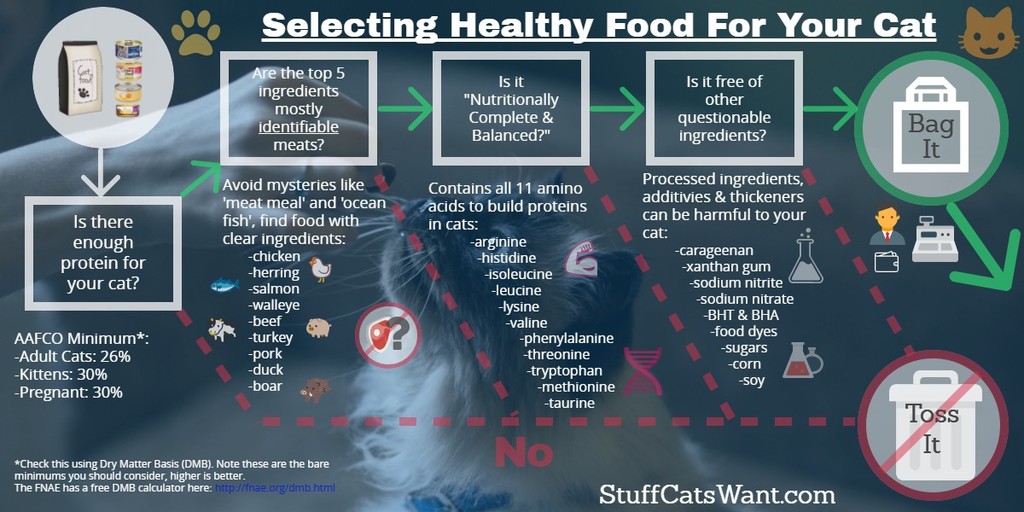
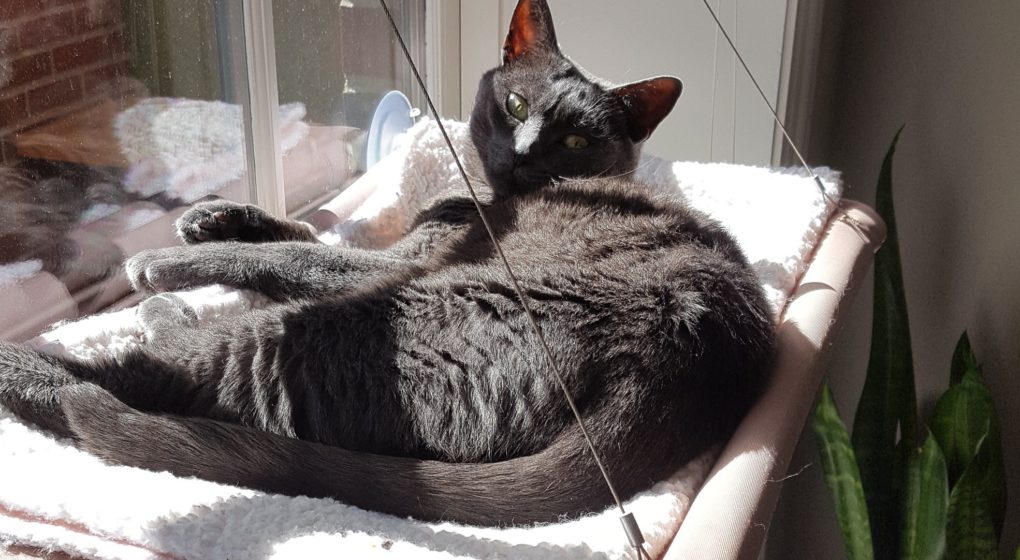

 This window bed enabled me to very easily get my cats a vantage point a lot higher than the window sill so they can actually see things passing by at street level, something they relish in. It also gave them a place to lay right in the sun and fall asleep while still being up high and off the ground, something cats are driven to prefer based on their instincts. One additional thing they love is the fact that I stuck a see through bird feeder right on the other side of the window so when they are in the bed they can see all of the birds come back and forth to eat. It keeps them engaged and awake for long periods of time.
This window bed enabled me to very easily get my cats a vantage point a lot higher than the window sill so they can actually see things passing by at street level, something they relish in. It also gave them a place to lay right in the sun and fall asleep while still being up high and off the ground, something cats are driven to prefer based on their instincts. One additional thing they love is the fact that I stuck a see through bird feeder right on the other side of the window so when they are in the bed they can see all of the birds come back and forth to eat. It keeps them engaged and awake for long periods of time.